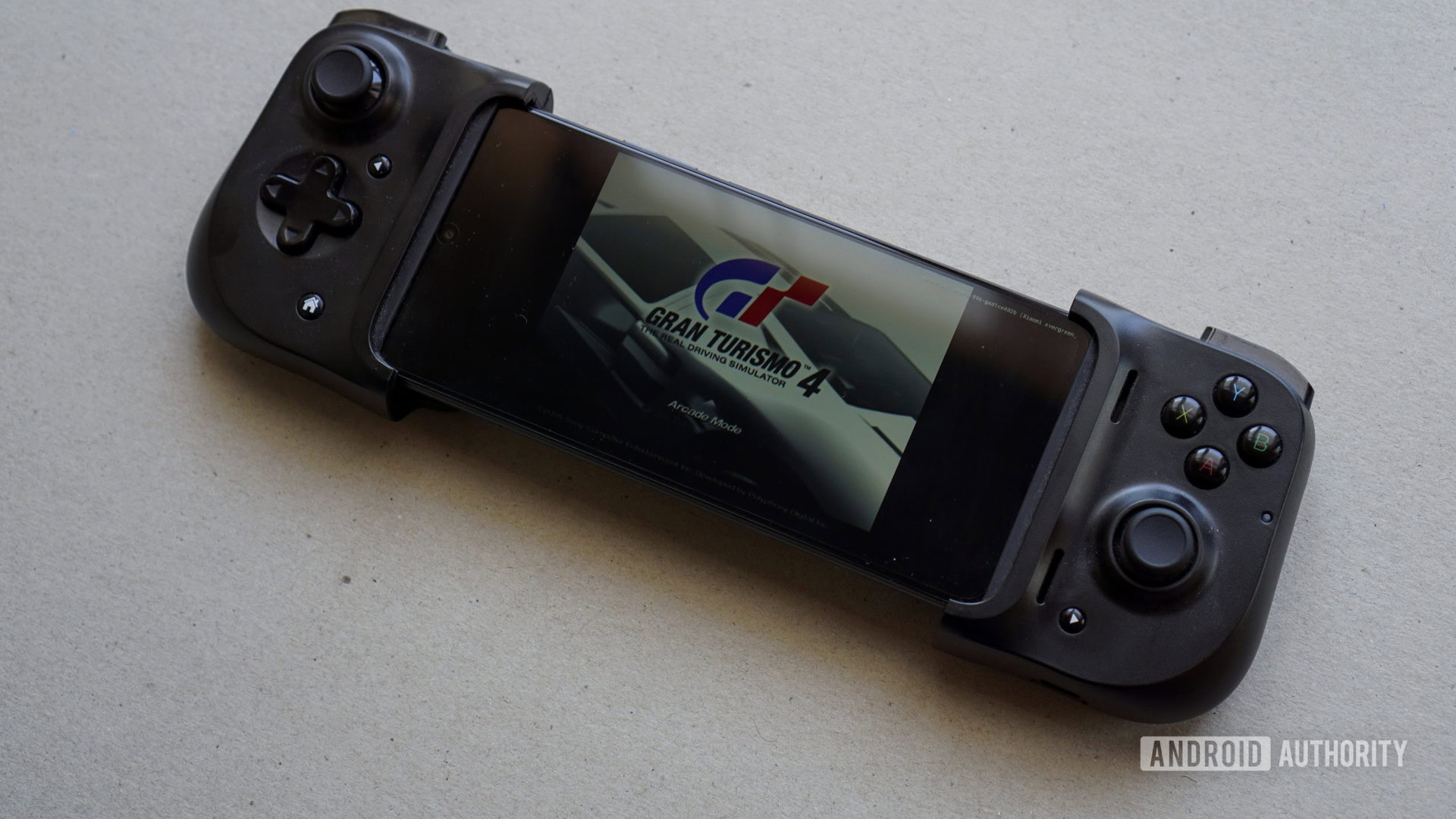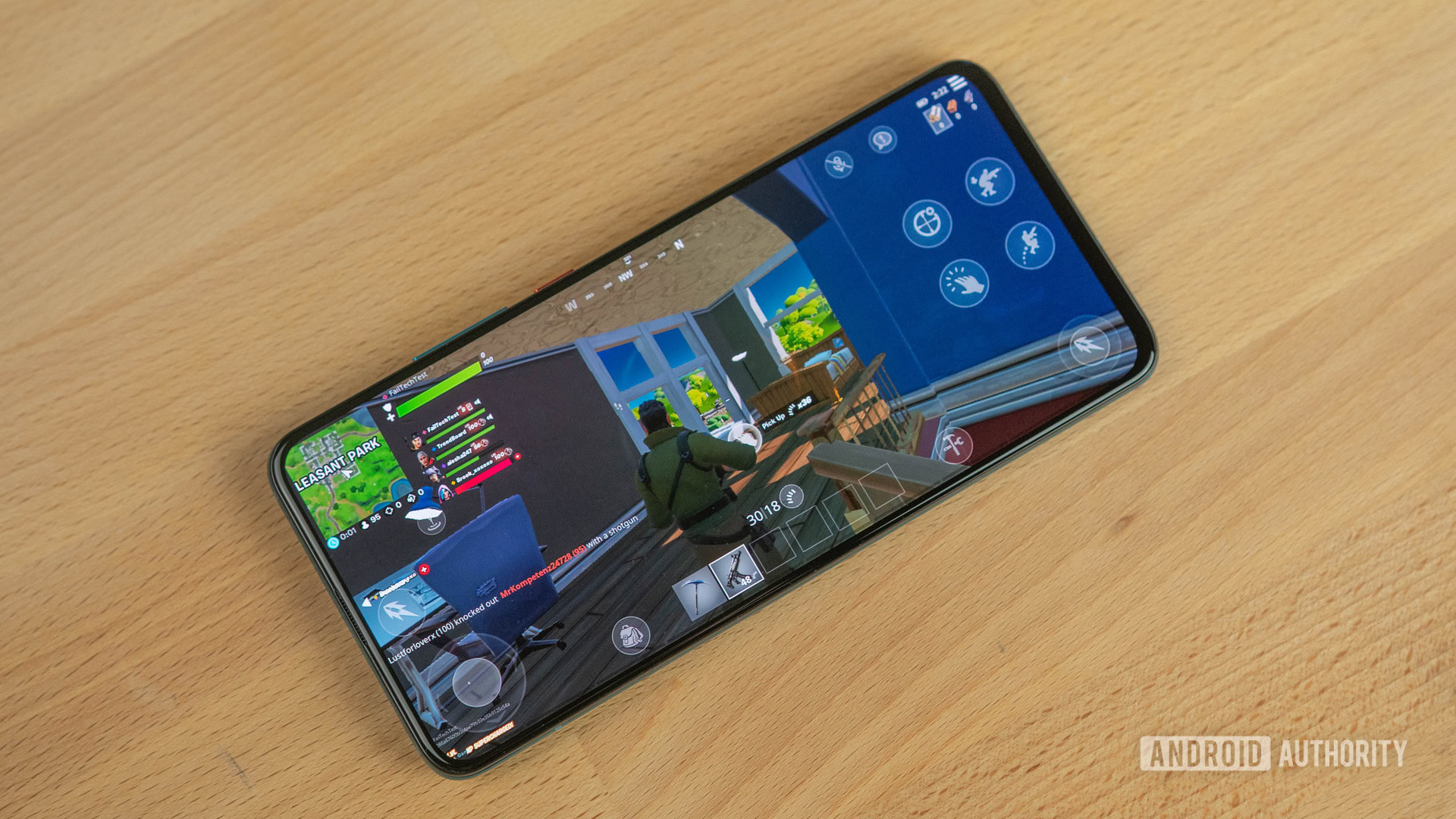Affiliate links on Android Authority may earn us a commission. Learn more.
Users demand more from mobile gaming haptics, devices must meet the challenge

Mobile gaming has grown into a massive market over the past decade, with an estimated 2.9 billion players logging in to duke it out throughout 2022. This growth trend will undoubtedly continue in the coming years. While mobile gaming falls into many segments and budgets, consumers are increasingly seeking out more premium mobile gaming experiences and devices to match.
Although graphics and audio are significant drivers in the high-end gaming segment, high-quality haptics play an equally if not more important role in immersion. Whether you’re gaming on the go or sitting on your couch, feeling the rumble of nearby footsteps, or the feedback as you push the pedal to the metal, haptics are the difference between simply watching the game and feeling connected to it.
At the same time, consumers are increasingly looking to take gaming and other experiences with them across multiple devices, yet demand the same high-quality experiences wherever they are. With a growing number of high-profile gaming titles launching across platforms, such as Fortnite, PUBG, and Minecraft, high-definition haptics ensure gamers receive the same excellent gaming experience whether they’re playing on consoles or mobile.

However, building a device with fantastic haptics in a compact mobile form factor isn’t necessarily straightforward. For haptics to feel firm, crisp, and well defined, the integrated driver circuit (IC) must drive the haptics motor with sufficient power while also controlling the motor in a closed-loop fashion. This ensures that haptic vibrations not only have the required kick but are also energy efficient and can be controlled with the required precision. Similarly, haptics quality should be consistent over the lifespan of a device, requiring a robust and high-quality motor.
Brilliant haptics are no longer just about hardware — software plays an increasingly crucial role in creating new and improving existing use cases. For example, Android 12’s support for “haptics on the fly” automatically generates haptic rumbles based on nothing more than the device’s audio output. This includes audio tracks from movies and extends right into game sound effects, ranging from booming explosions to subtle footsteps, screeching wheel spins, and more. Support for haptics on the fly is crucial in improving the user experience without the need for hours and specific developer input. This feature is already available on the Pixel 6 series and is heading to more smartphones as Android 12 rolls out.
Cirrus Logic and its HD haptic technology are advancing mobile haptics in both of these directions, providing sophisticated HD haptics ICs and support for on-the-fly haptics generation. Smartphone and other mobile device manufacturers can differentiate their products and offer best-in-class gaming experiences to their customers through the use of Cirrus Logic’s coupling of audio and haptics for pristine synchronicity between what is heard and what is felt.